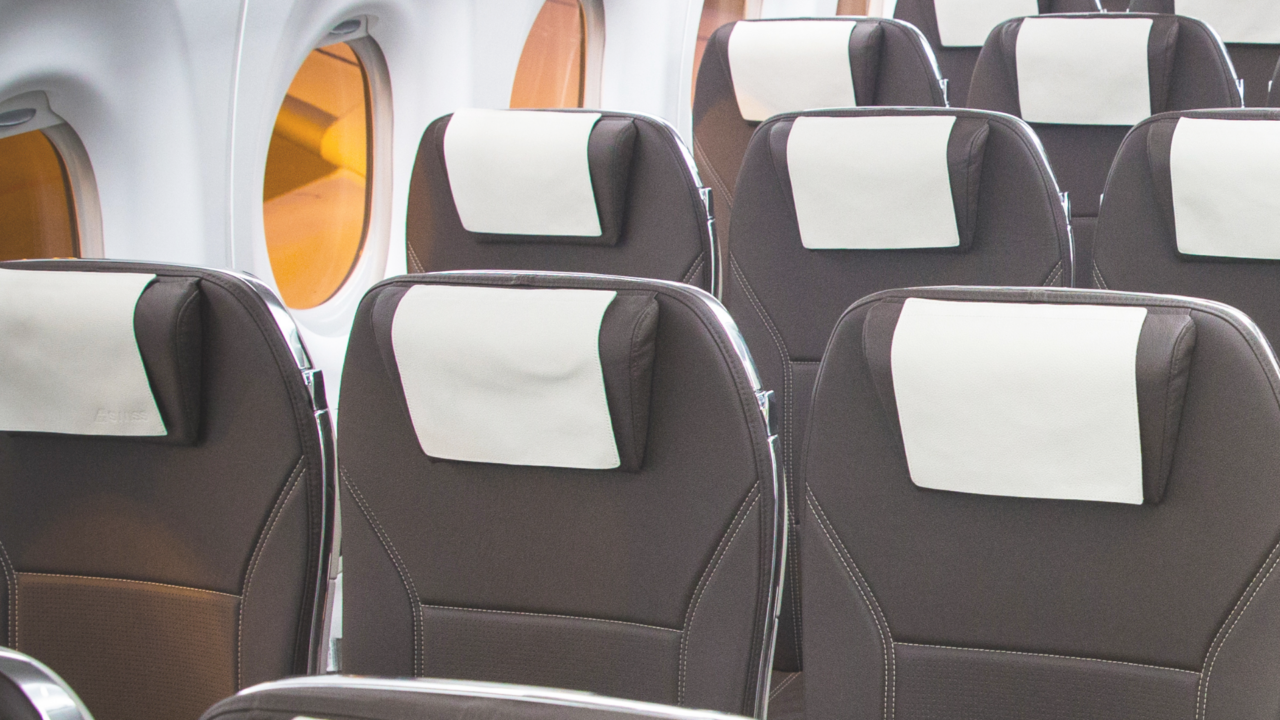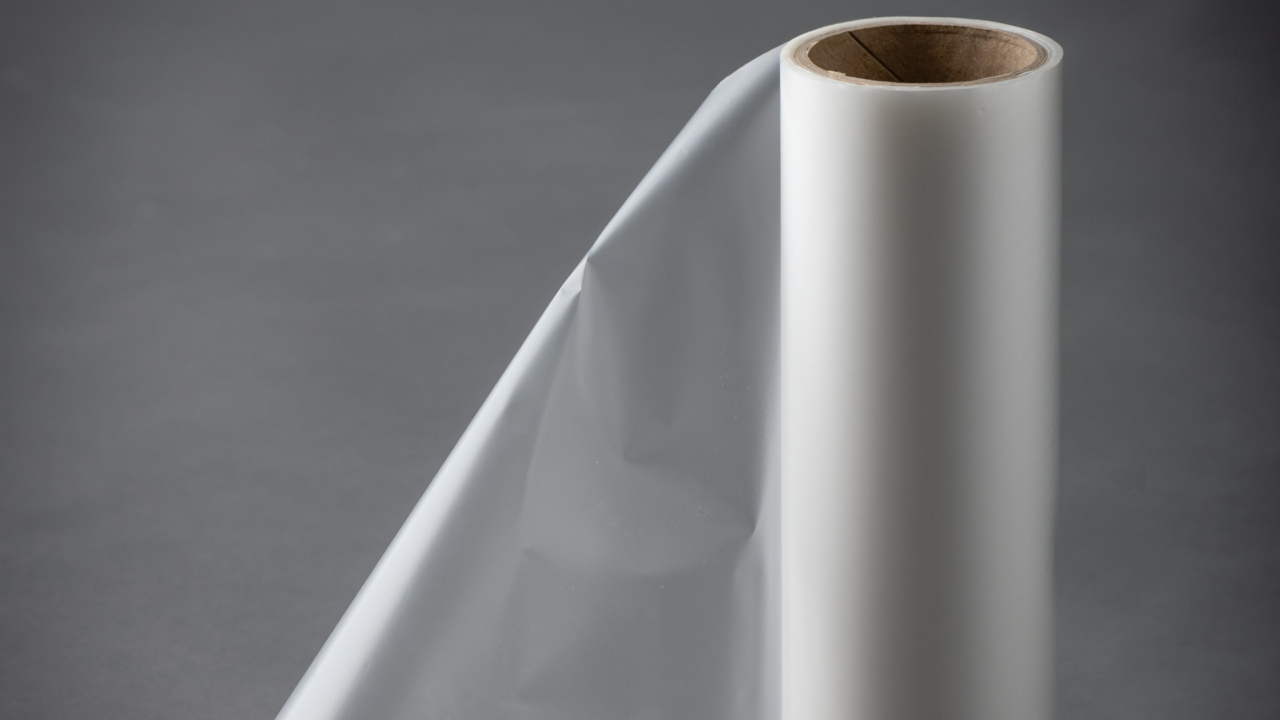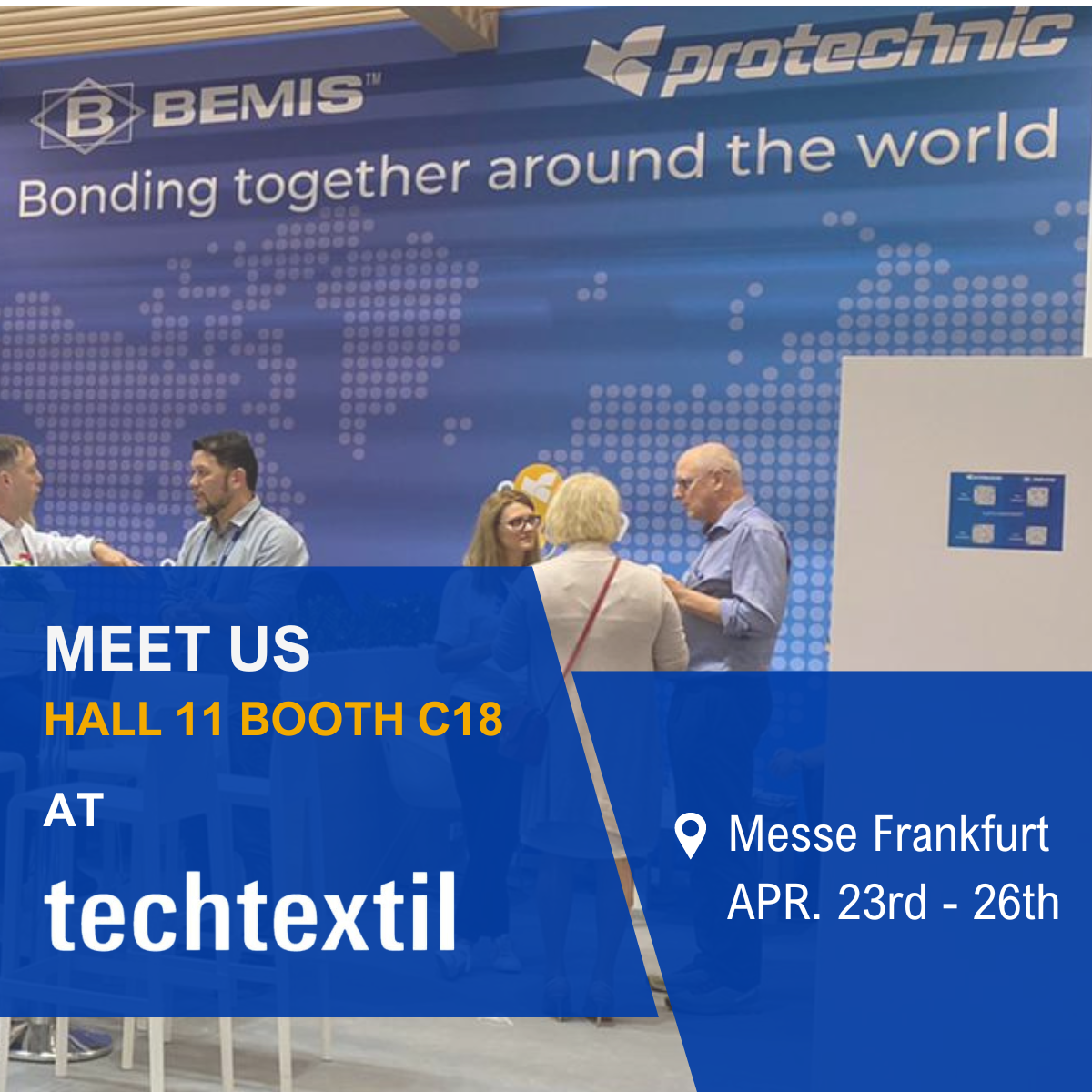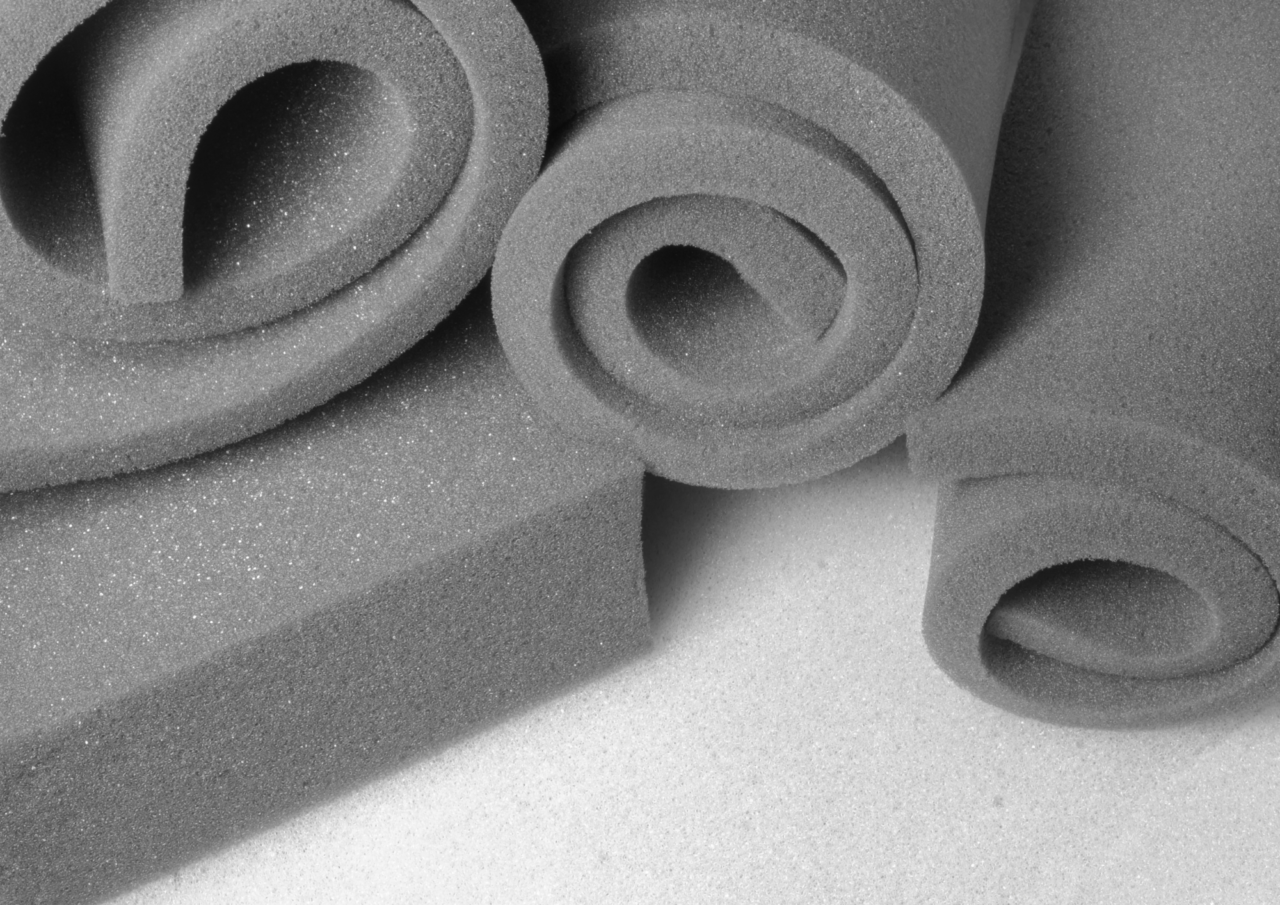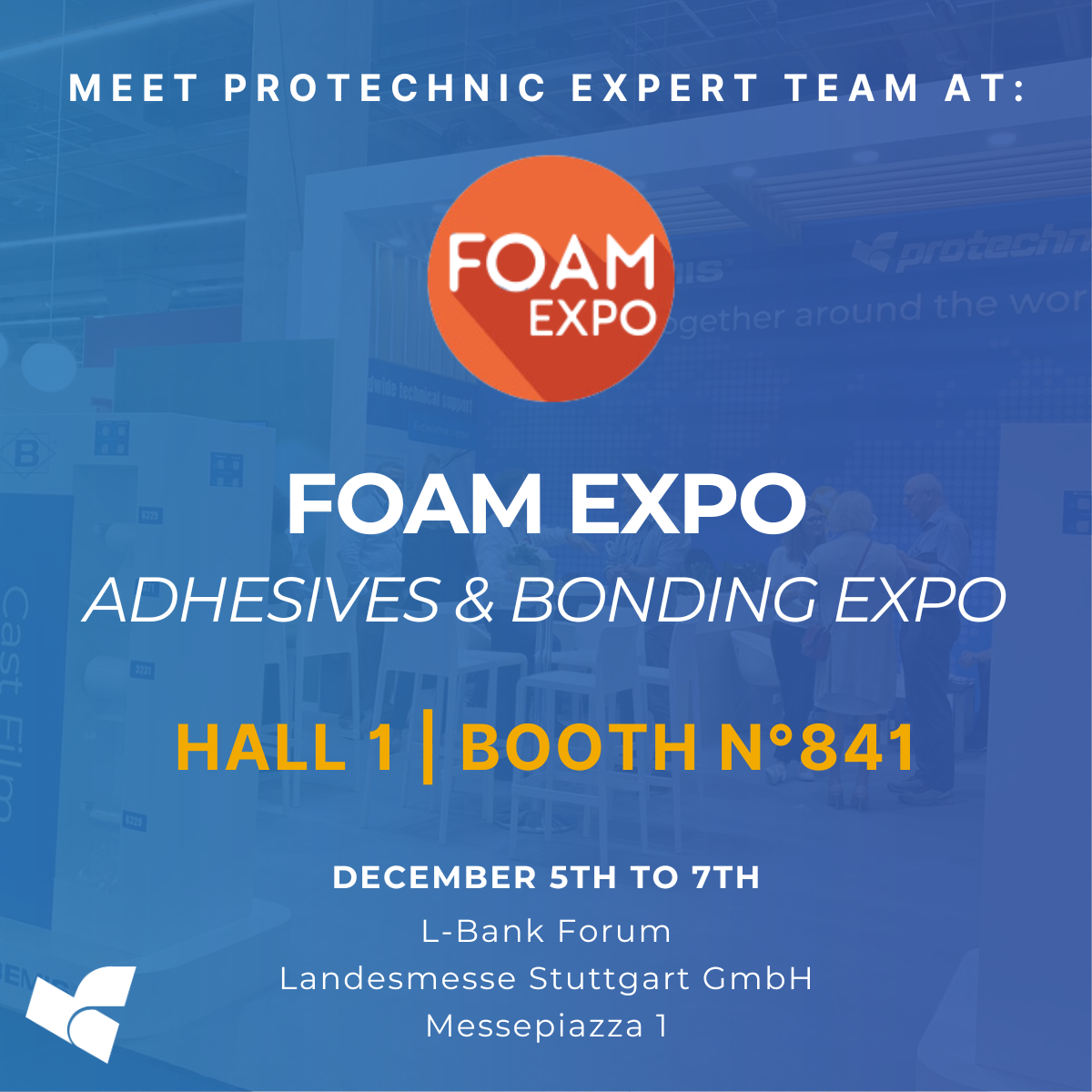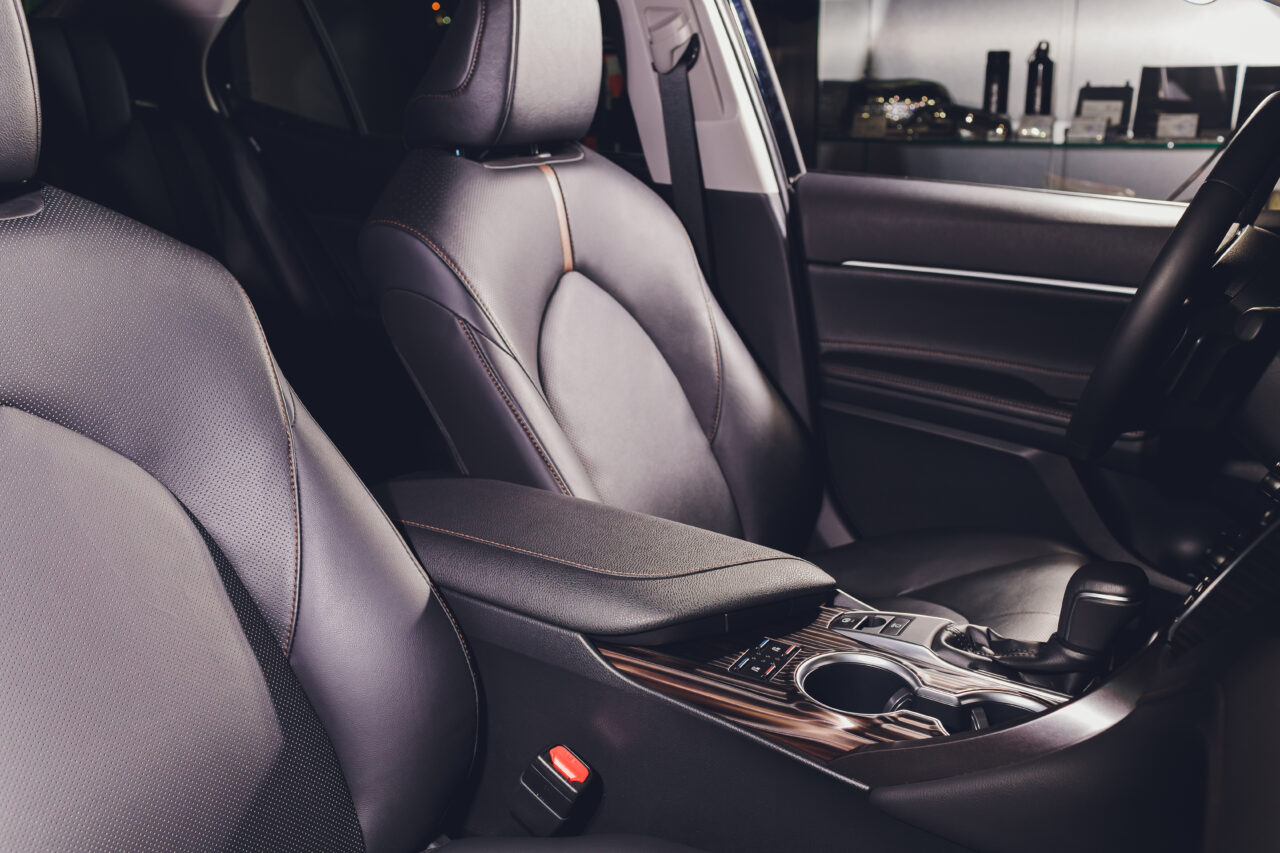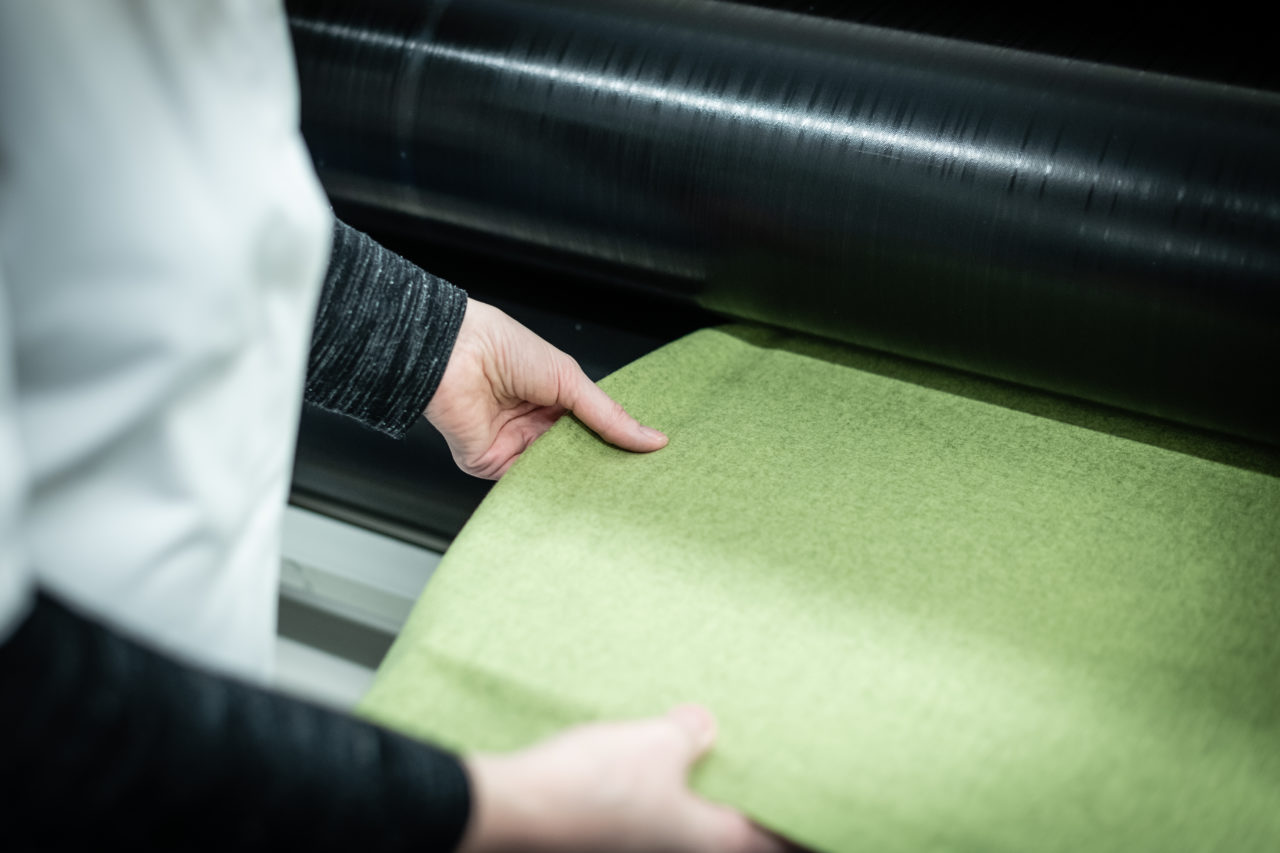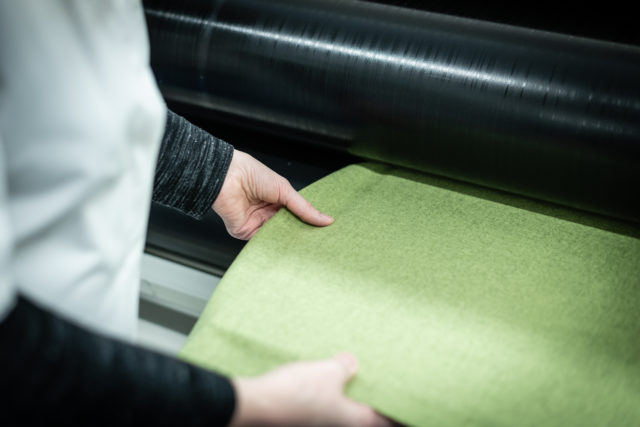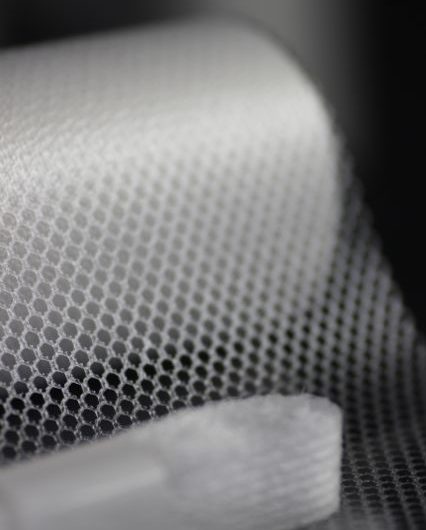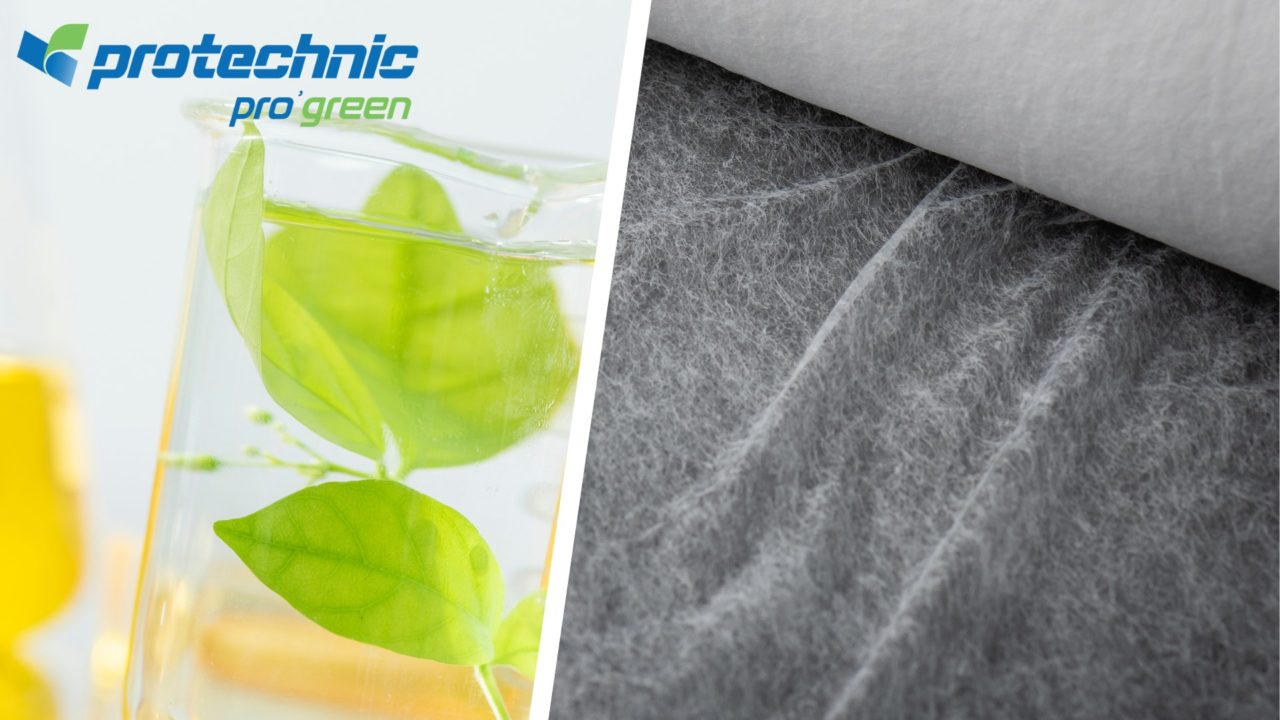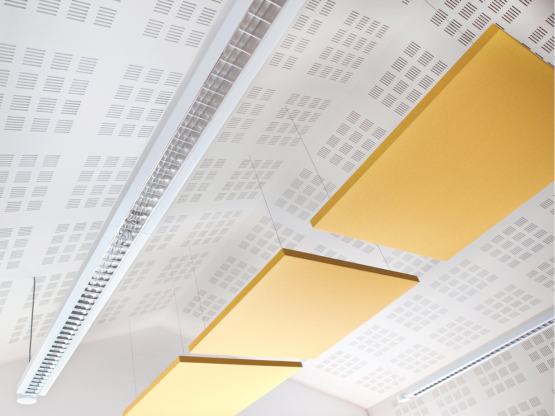The aircraft industry is in constant evolution, with significant innovations in materials. As a result, it’s crucial to find the most suitable options for bonding these materials together. In aviation, several key factors are increasingly vital, including speed, lightweight construction, durability, design, and passenger comfort.
Technological innovations in aircraft interiors drive engineers and designers to seek the latest methods for improved performance continually. Moreover, this sector have stringent standards for aircraft interior applications.

